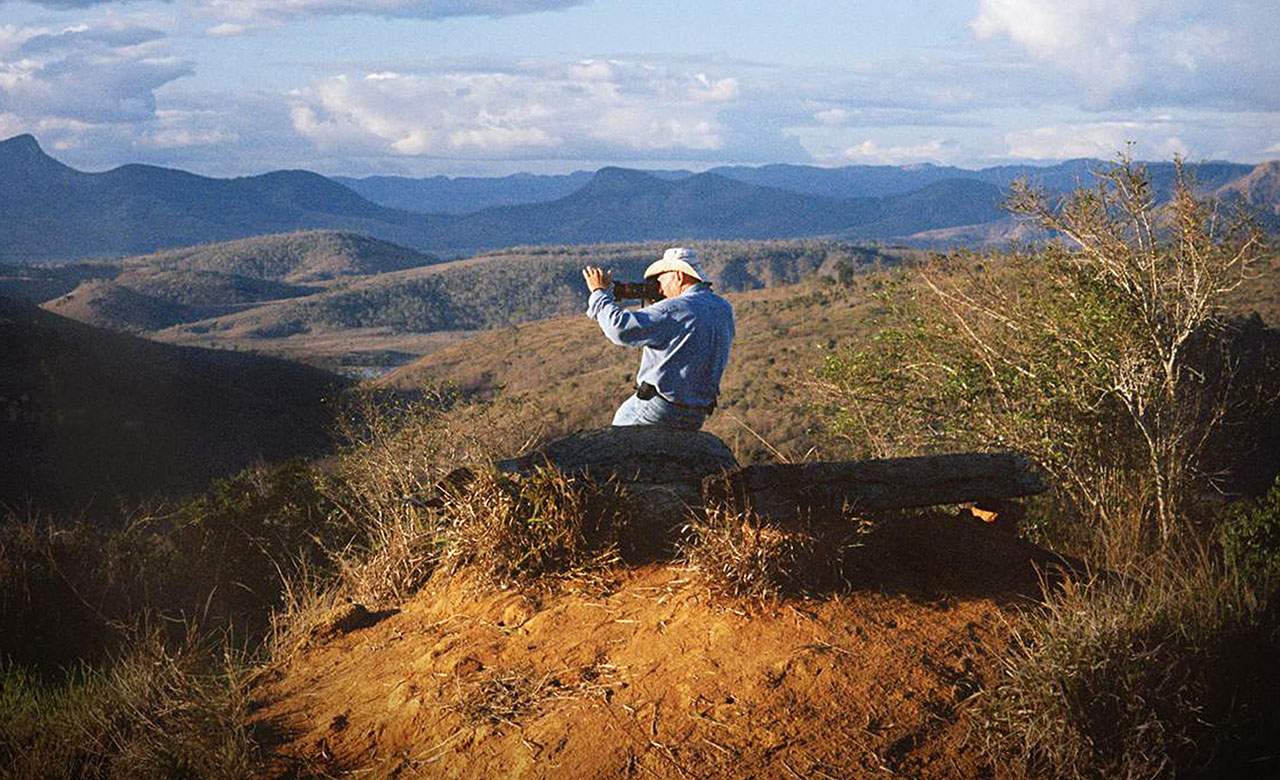The Salt of the Earth
A textured portrait of a man who has dedicated more than just his career to photography.
Overview
Making a movie about the life and work of Sebastião Salgado might seem like a rather easy task. For more than 40 years, the Brazilian social documentary photographer and photojournalist has travelled the world chronicling the people and places most don't ever see — the sights well off the beaten path.
He has captured and collated thoughtful, contemplative long-term studies on topics such as work, migration and the interplay between nature and humanity, as seen in both books and exhibitions around the globe. The images snapped by his camera are as detailed, delicate and sometimes devastating as any seen on film, and look just as breathtaking when projected onto a cinema screen.
It is far from surprising, then, that The Salt of the Earth emphasises his output in all its glory. Blowing his pictures up big is a marvel no filmmaker could resist, not even seasoned veteran Wim Wenders (of Pina and Buena Vista Social Club fame) and his co-director Juliano Ribeiro Salgado (Sebastião's son). They understand the extraordinary power of the images they have to work with, and use them accordingly. Their film lovingly lingers on a series of carefully selected snapshots that epitomise his entire career.
And yet, even when gifted with such stunning visuals as an obvious starting point — and an apt ending point, too — Wenders and Juliano Ribeiro ensure The Salt of the Earth never merely lets the photos do all of the talking. Though each picture says plenty and then some, the tales behind them aren't just interesting asides used to make the movie more than a feature-length slideshow or bulk up its running time; they're integral to the broader story.
Sharing insights into specific images, Sebastião's many memories are filled with twists and turns. The intrigue continues as he speaks about how he came to his profession after starting out working in economics, and how things have panned out since. He is frank and generous in looking back at his life, never sugar-coating the details nor avoiding the difficulties. This isn't only his story, however, with the photographer's anecdotes joined by those of his wife and long-term collaborator, Lélia Wanick Salgado, and of Juliano Ribeiro, too.
That's what helps make The Salt of the Earth so engaging and so effective in ranging beyond Sebastião's always-arresting output. The film gets to the heart of the interplay between the art and the artist, as well as the ripple effect throughout his family. It may seem like a son crafting a tribute to his father, yet intimacy isn't the same as sentimentality. Instead, the documentary is really a textured portrait of a man who has dedicated more than just his career to taking textured portraits.





